
Over the past decade, a network of unofficial social trails just north of the suburbs of Mesa and Apache Junction, AZ, has gone legit and grown into the best mountain bike trail system in the Phoenix Metro Area. Some may think that’s a bold claim, given that long-time trail systems like South Mountain and McDowell Mountain still boast cult followings. But those who have ridden the Hawes Trails know: there’s no better network of bike-optimized singletrack in the region with this much mileage and such a high diversity of singletrack.
Hawes truly offers something for everyone. On the steep-sided mountain ridges and in the desert valley below, mountain bikers will find everything from flowy XC trails to boulder-filled double-black downhills that even some of the locals have to psyche themselves up for. In between, there are plenty of single black diamond descents ranging from chunky to flowy. The natural-style flow trails in the network are exceedingly popular, drawing swarms of riders on weekends.
Hawes currently boasts over 60 miles of singletrack, and now, the famous trail system is planning to add another 50+ miles of brand-new purpose-built trails.

Successful work over the years laid the groundwork for a massive future expansion
Legalizing the existing trails and growing the network to this point was a major effort led by the Hawes Trail Alliance (HTA). Formed in 2018, the HTA quickly established a positive working relationship with the Mesa District of the Tonto National Forest, which manages the land. The HTA addressed the growing network of social trails by legalizing the best trails, fixing up those that needed work, and working with the USFS to address issues like signage.
During the first round of trail development at Hawes, the HTA built about 20 miles of purpose-built singletrack. “[The Forest Service] thought we’d be busy for 10 years, and we knocked it pretty much all out in two and a half years,” said Shawn Stenmark, Board Member and Director of Maintenance for HTA.
Even though the HTA is 100% volunteer-run, Stenmark noted that the founding members of HTA are all “kind of corporate, and they’re all connected politically here in the local area, like they know the supervisors. One lives by the mayor.”
As a result, “our board is super organized.” Stenmark contrasted HTA’s organized, corporate-style, politically connected board with stereotypical mountain bikers who say, “‘Dude, I love to mountain bike. ‘” Yeah, I’m gonna go build trails.'”
Instead of simply building the gnarliest lines for a group of dude-bros, HTA is “about everybody, and doing things for the whole community and taking care of a need that is there,” according to Stenmark.
Having proven their ability to build professional, high-quality trails through a combination of volunteer labor and professional contractors, the USFS was more than willing to work with HTA on a massive new trail proposal. The new 50-mile trail proposal has been developed by HTA in close collaboration with the USFS and other user groups. Due to the the USFS’s process, the new trail development has been separated into two different categorial exclusions (CE) that are working their way through the various USFS approval processes separately.

~22 miles of new singletrack to be added to the current Hawes Trails footprint
The first proposal, which Stenmark refers to as “Hawes 2.0,” involves building an additional 20-22 miles of singletrack within the existing footprint of the Hawes Trail System. This CE has already been submitted to the USFS, has approval from the local ranger district, and has reached what the forest calls a “CE rodeo” at the main Tonto National Forest office. “It sounded very positive from all of our local people,” said Stenmark.
Once the CE has been approved, the trails will still need to go through the entire NEPA process. HTA has decided in years past that one of the best uses of their funds is to pay for their own ‘ologists to expedite NEPA approval. Instead of “[having] to wait five years for [the Forest Service to do this stuff, we’ve decided that it makes more sense to use our dollars to just pay for it and have outside guys do it, because we can get it done in, you know, a month,” said Stenmark.

What trails will be built in Hawes 2.0?
The new trails planned in Hawes 2.0 will address gaps in the current trail system while expanding opportunities for all levels of mountain bikers.
Chubasco
A trail called Chubasco will provide an extremely difficult double black diamond descent off of Sunset Ridge.
Full Pull and Lift Line
These planned trails will “basically go to the highest part of the whole mountain, said Stenmark. There’s “lots of rock. Those will be more aggressive trails.”
Hermanasalata
This planned jump/flow trail is designed as an upper extension of Big Sister, which is a natural-style flow trail with jumps and drops. “Hermanasalata is going to be that, but bigger,” said Stenmark.
Mid Mountain
“Mid Mountain is a pretty interesting trail,” said Stenmark. This planned traverse trail will stick to the same elevation level and wrap around the entire trail system at roughly mid-mountain. As a result, it will provide great connectivity between existing trails, opening up a plethora of new route options.
Diamondback
Diamondback is a planned climbing trail that will parallel the existing Scorpion beginner flow trail. It will provide easy access to the top of Scorpion, while also creating better connectivity through the area for loop options.
And these are just the highlights of the 22 miles of planned trails.

Expanding into “The Land of Hawes”
The current footprint of the Hawes Trail System is bounded by a neighborhood to the south and roads on the other three sides. To expand the network, HTA is looking beyond their road boundaries to other parcels of USFS — specifically east of the network, across North Usery Pass Road. Currently, a few trails connect through this area, connecting to nearby historic singletrack and the Usery Campground.
HTA’s proposal calls for 30-35 miles of brand-new singletrack to be constructed in the area. Stenmark is calling this development “The Land of Hawes,” with planned trail names that play off the Wizard of Oz theme: The Wizard, Flying Monkeys, Ruby Slippers, The Yellow Brick Road, Emerald City, The Wicked Witch, etc.
Technically called the “Lower Salt Trails Project,” the scale of expansion here is massive. The new trails will intersect with existing OHV trails in the area, although OHV trail users won’t be getting any new trails in the CE. However, the HTA has been collaborating with trail runners, hikers, and equestrians on the trail plan. In addition to the MTB-focused trails, the CE calls for additional equestrian-specific trails to the north, separated from the MTB-centric development.
While the CE is currently in the pre-submission phase, HTA anticipates that it will be submitted to the Forest Service’s CE rodeo in June or July.

What will the new trails be like in the Land of Hawes?
The proposed trails include lengthy, pedal-forward trails, creating long-distance loop options. The XC trails will range in difficulty from true beginner trails to upper intermediate.
One of the mountains in the Land of Hawes is covered in “yellowish green, slickrock [slabs],” according to Stenmark. “I went there and checked it out. There’s a route to get up it, and then a steep route down, and then you could kind of loop around. And it’s beautiful. It’s beautiful, and it’s very unique to the area.”
HTA will utilize all the unique slickrock slabs in the area to construct a bevy of directional, single black and double black diamond descents. In keeping with HTA’s goal to serve the community, this new trail development will cater to both ends of the mountain biking spectrum.

MTB trail access in the Salt River Valley is about to take a big leap forward
Even though the Salt River Valley is already home to a massive array of singletrack, many of the trails surrounding Phoenix are old-school shared-use singletrack. Building an additional 50+ miles of bike-optimized singletrack is going to revolutionize the mountain bike scene in the region.
“It’s going to be interesting when we get the stuff approved — knock on wood,” said Stenmark. “Like, we’re going to have work. I mean, if we have potentially 50 miles of trails that we have our name on?”
“We’re going to be busy for a while,” he concluded with a laugh.

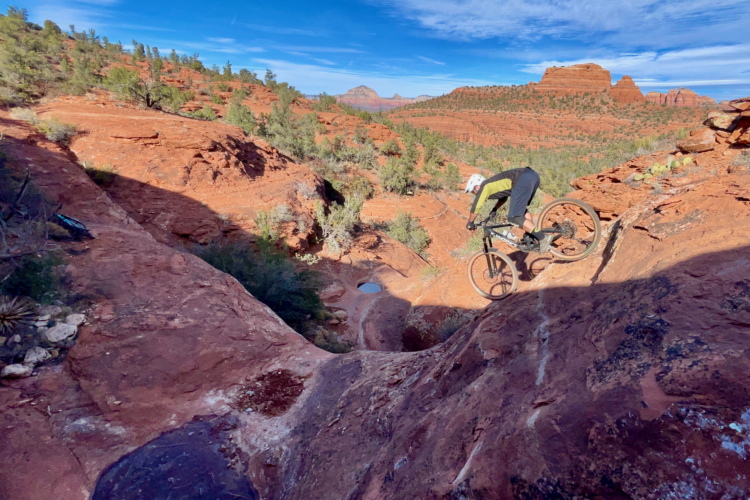
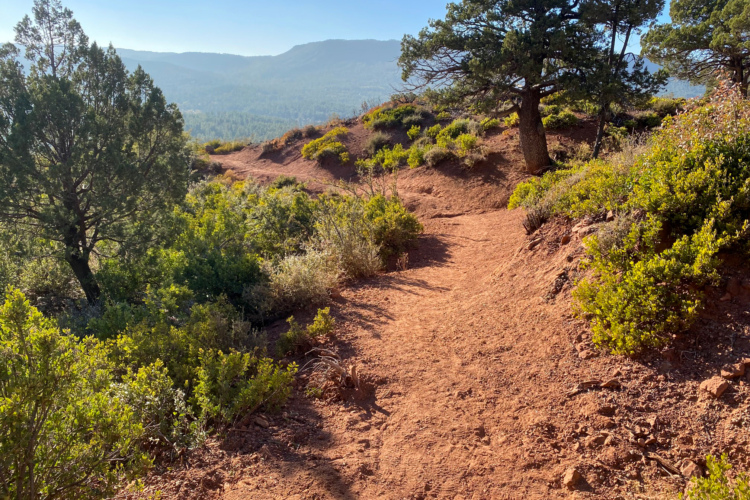
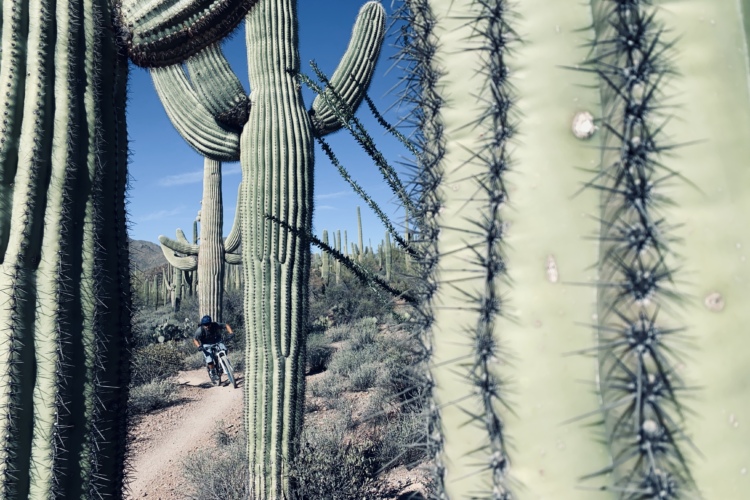

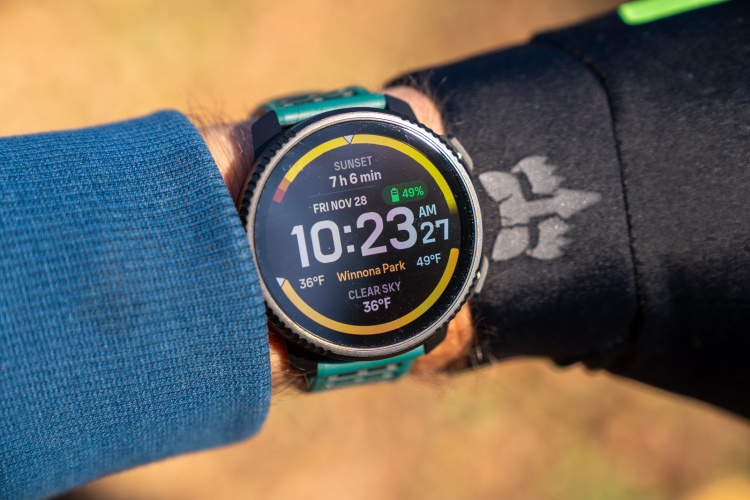
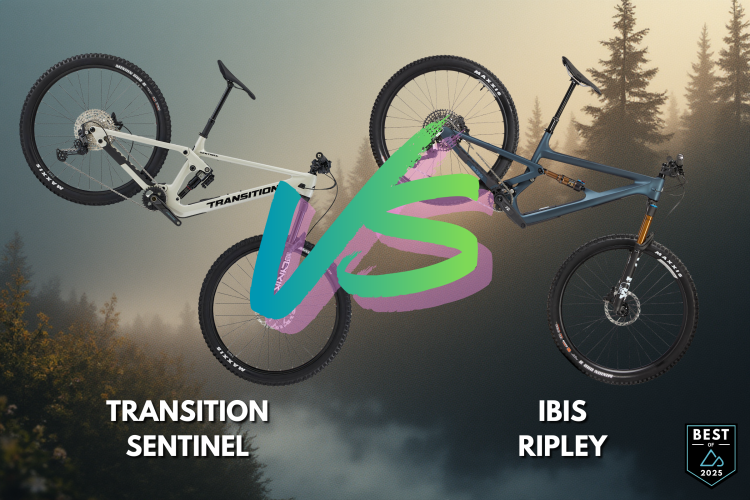
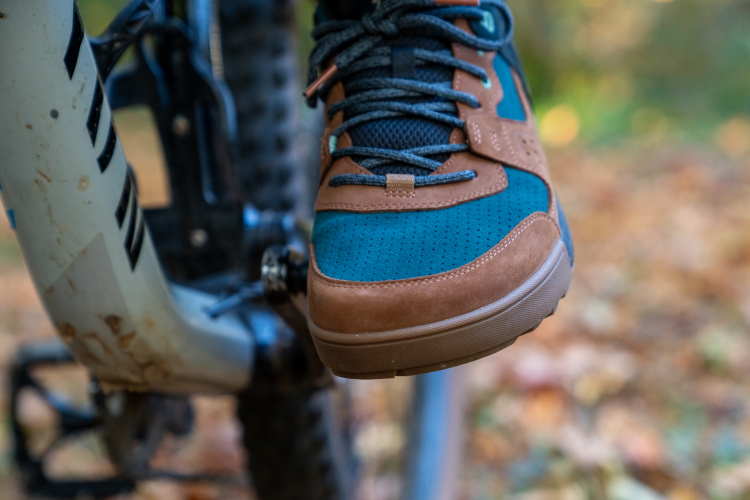


0 Comments